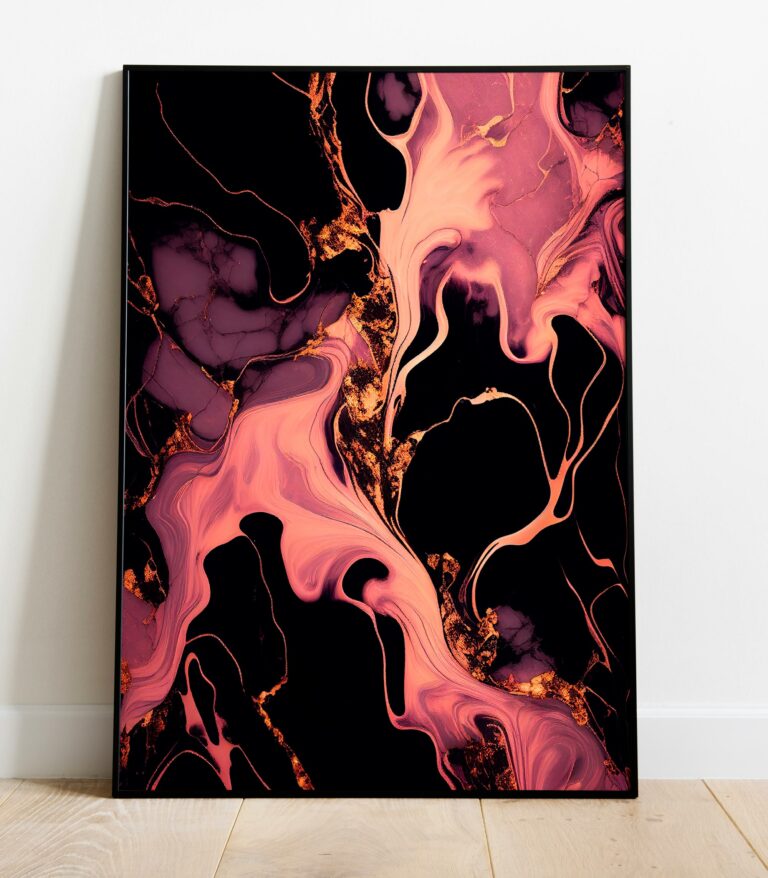
The Rise of Digital Art Prints: A Technological Canvas Unveiled
In the dynamic realm of contemporary art, the emergence of digital art prints has revolutionized the way we perceive and engage with visual creations. This burgeoning medium seamlessly marries traditional artistic expression with cutting-edge technology, offering a bridge between the tangible and the virtual. As pixels replace pigments and screens become canvases, Digital art prints have swiftly carved their niche in the art world, captivating both artists and art enthusiasts alike.
Digital art prints, also known as giclée prints, are reproductions of digital artworks that have been meticulously crafted using high-quality printers and archival inks. This process allows artists to transform their digital creations into tangible, gallery-worthy prints, retaining the vivid colors, intricate details, and nuances of the original work. Unlike traditional printing methods, which may compromise the integrity of the artwork, giclée printing ensures a level of precision that meets the discerning standards of artists and collectors.
One of the primary advantages of Digital art prints lies in their accessibility. Artists can easily reproduce and distribute their work to a broader audience without compromising quality. This democratization of art distribution has empowered emerging talents, providing a platform for them to showcase their creations to a global audience. Additionally, digital art prints have become a more affordable alternative for art enthusiasts who may not have the means to invest in original pieces but still seek to adorn their spaces with unique and visually striking artwork.
The technological advancements in printing techniques have played a pivotal role in the rise of digital art prints. High-resolution printers and archival inks ensure that every detail of the digital artwork is faithfully reproduced, capturing the essence of the artist’s vision. This level of precision has elevated digital art prints to a status where they are considered not merely reproductions but distinctive works of art in their own right.
Furthermore, the versatility of digital art prints extends beyond traditional mediums. Artists are now exploring new dimensions and possibilities, incorporating interactive elements, augmented reality, and other digital enhancements to create immersive experiences for viewers. This fusion of traditional and digital elements has given rise to a new wave of artistic expression, pushing the boundaries of creativity and engaging audiences in ways previously unimaginable.
Collectors, too, have embraced digital art prints as a valuable addition to their portfolios. The durability of archival inks ensures the longevity of these prints, making them a wise investment for those seeking to build a diverse and enduring art collection. The ability to produce limited editions adds a layer of exclusivity, enhancing the desirability of digital art prints among collectors and connoisseurs.
In conclusion, the advent of digital art prints marks a paradigm shift in the art world, bridging the gap between traditional and contemporary modes of expression. This technological canvas has not only empowered artists to reach a broader audience but has also redefined the way we perceive and value art. As digital art continues to evolve, so too will the impact of digital art prints, leaving an indelible mark on the ever-evolving landscape of artistic creation.




